No products in the cart.
Kaniwa (pronounced ka-nyi-wa) is the latest gluten-free super grain, not to be confused with its cousin quinoa. Although technically a seed, organic kaniwa is a tasty and nutritious addition to any meal. Kaniwa is easy-to-digest and naturally contains no gluten. Try kaniwa in place of oatmeal for breakfast or as a rice replacement at lunch or dinner.
How to Cook Kaniwa
To cook, mix 1 part organic kaniwa with 2 parts water and simmer over low heat for 15-20 minutes. The grain does not need to be rinsed prior to cooking.
5 Surprising Health Benefits of Kaniwa
1) Nutrient Powerhouse: Kaniwa is an extremely nutritious seed. It is known for being rich in protein, fiber, iron, calcium and antioxidants.
2) Complete Protein Source: This super grain is a complete protein, boasting all 9 essential amino acids and 7 grams of protein per half-cup serving.
3) Rich in Antioxidants: It’s also an excellent source of antioxidants, the protective compounds linked to lowering the risk for chronic conditions like heart disease.
4) More Mighty with Minerals: Kaniwa delivers a hearty dose of minerals. It’s especially rich in calcium, zinc and iron.
5) Even More Nutritious Than Quinoa: Per serving, organic kaniwa contains even more protein, antioxidants and iron than quinoa!
Kaniwa vs. Quinoa
As a grain-like seed native to the Peruvian Andes, kaniwa is a close relative to quinoa. Just like quinoa, this “super grain” is loaded with protein, dietary fiber, and antioxidants, although kaniwa is more nutrient-dense. Organic kaniwa has a similar sweet nutty flavor as quinoa, but its seeds are half the size of quinoa. Kaniwa can be cooked and prepared just as you would quinoa, but it does not need to be rinsed prior to cooking since it does not contain any bitter saponins. Once cooked, kaniwa has a delightful crunch, which makes it a unique alternative to fluffy quinoa.
Kaniwa Recipe Ideas
Kaniwa on its own is perfect as a meal or side dish, but it’s also delicious with other ingredients. Enjoy it with vegetables, or in soups, souffles, and casseroles. The grain’s mild nutty and slightly sweet flavor pairs well with meats, seafood, and tofu. Kaniwa will add taste, texture, and nutrition to your baked goods. For a wholesome breakfast, try the grain with fresh fruit and chopped nuts. You can also make Kaniwa flour by grinding the seeds.
Kaniwa Storage
Store kaniwa in sealed plastic or glass containers in a cool, dark, dry cabinet. Kaniwa will stay fresh for one year if properly stored.
Ingredients
Organic Kaniwa Packaged in the same facility as peanuts, tree nuts, soy, sesame, and milk products.
Nutrition Facts
Serving size 50g (~1.8 oz.)
| Amount per serving | ||
|---|---|---|
| Calories | 178 | |
| % Daily Value | ||
| Total Fat 2.1g | 3% | |
| Saturated Fat 0.3g | 1% | |
| Cholesterol 0mg | 0% | |
| Sodium 3mg | 0% | |
| Total Carbohydrate 32g | 10.6% | |
| Dietary Fiber 4.9g | 19.6% | |
| Total Sugars 0g | ||
| Protein 7.5g | ||
| Calcium | 2.3% | |
| Iron | 12.7% | |
The % Daily Value (DV) tells you how much a nutrient in a serving of food contributes to a daily diet. 2,000 calories a day is used for general nutrition advice
Be the first to review “Organic Kaniwa” Cancel reply
Related products
Cooking
$2.49 – $60.75Price range: $2.49 through $60.75
Cooking
$3.49 – $65.75Price range: $3.49 through $65.75
Cooking
$3.49 – $73.25Price range: $3.49 through $73.25
Chia Seeds
$7.49 – $148.25Price range: $7.49 through $148.25
Cooking
$2.49 – $55.75Price range: $2.49 through $55.75
Cooking
$11.49 – $248.25Price range: $11.49 through $248.25
Cooking
$4.49 – $98.25Price range: $4.49 through $98.25
$15.49 – $348.25Price range: $15.49 through $348.25

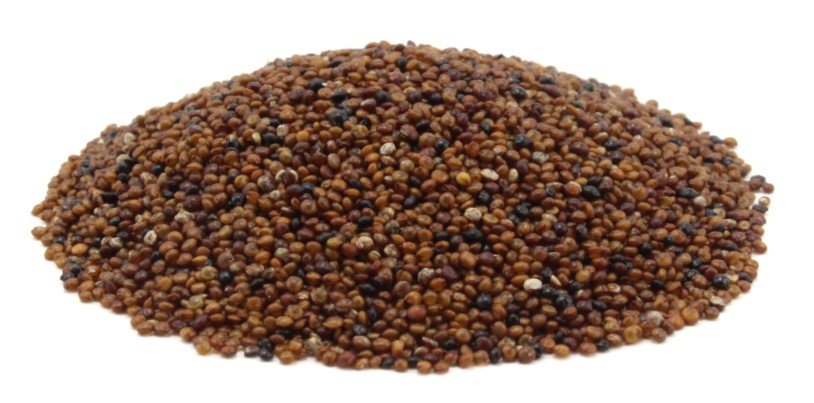
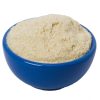
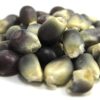

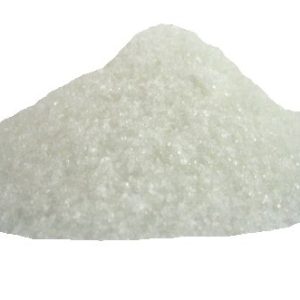
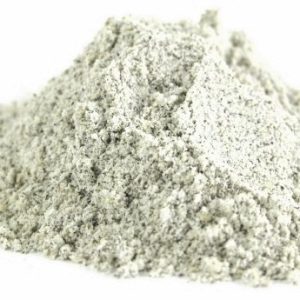

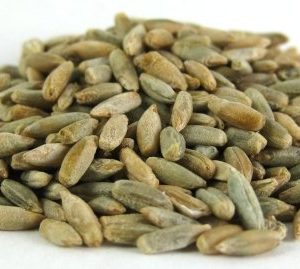



Reviews
There are no reviews yet.